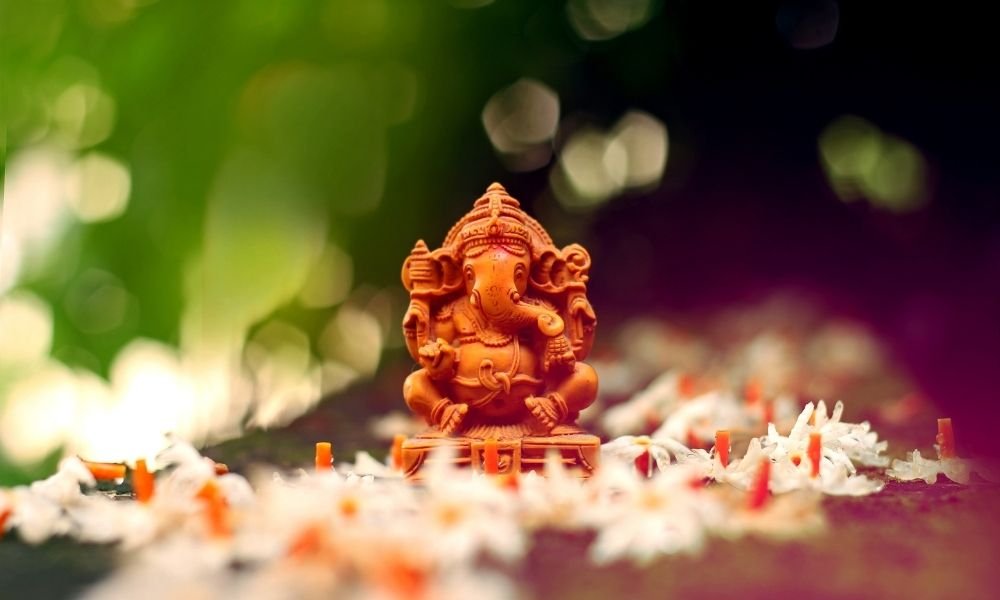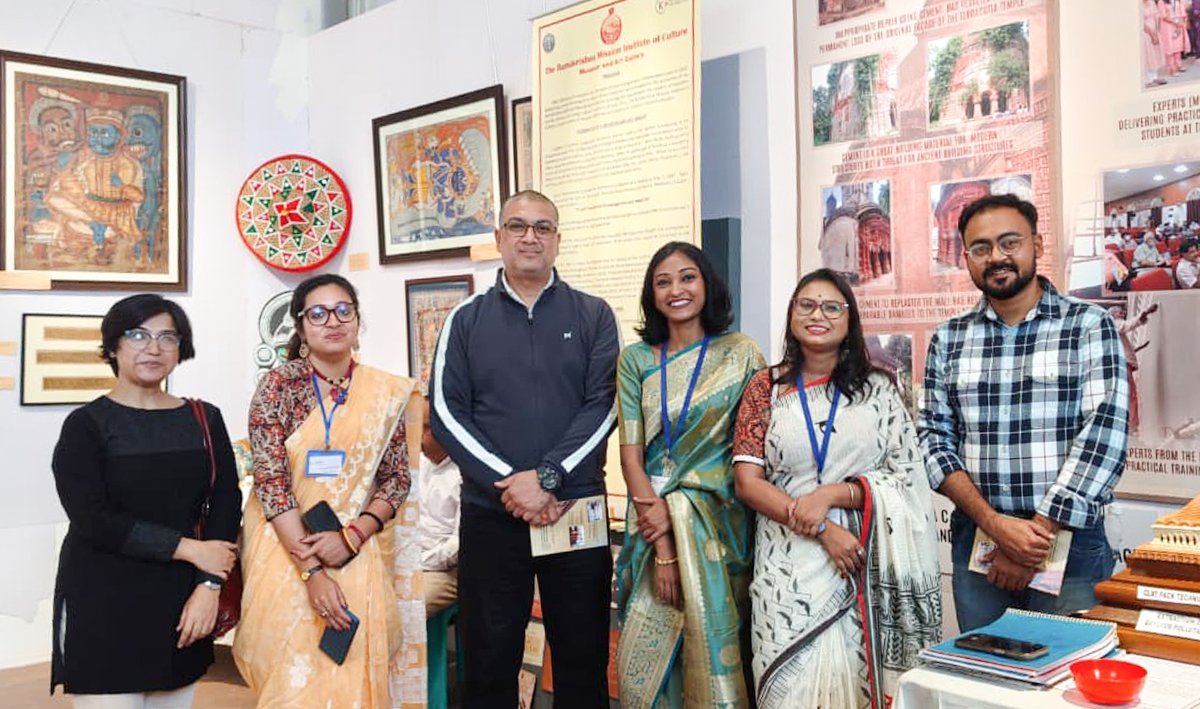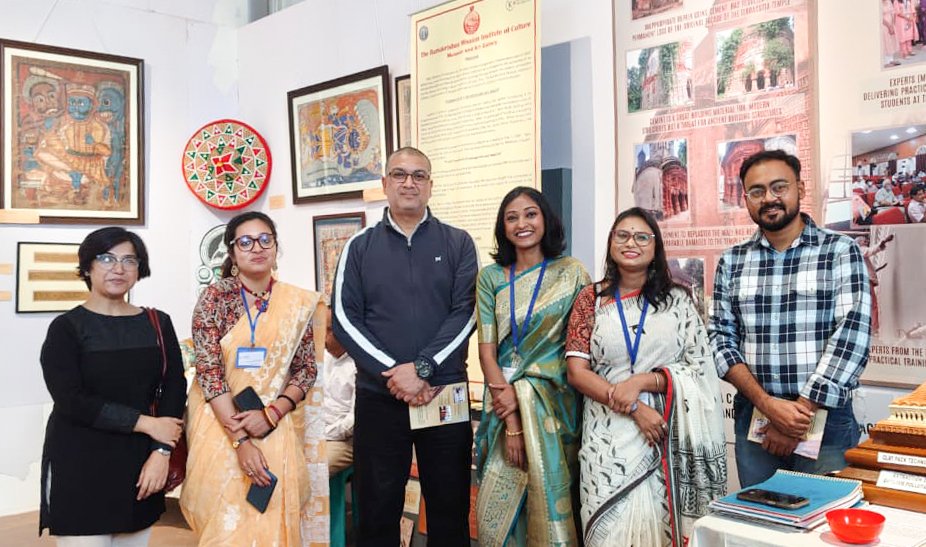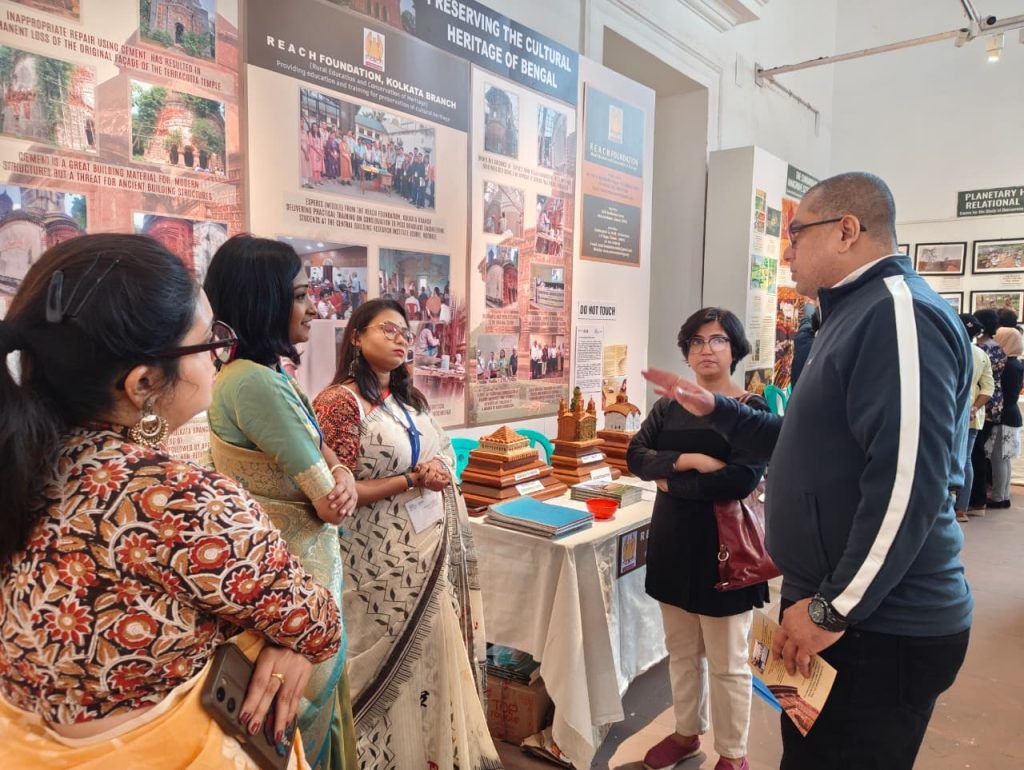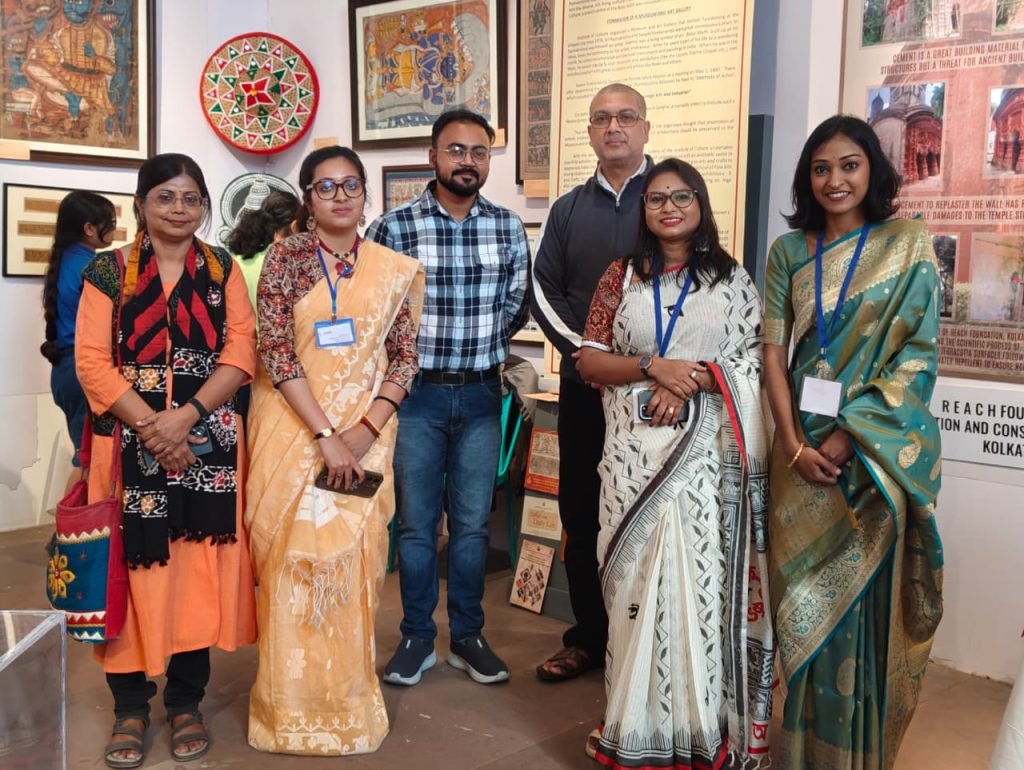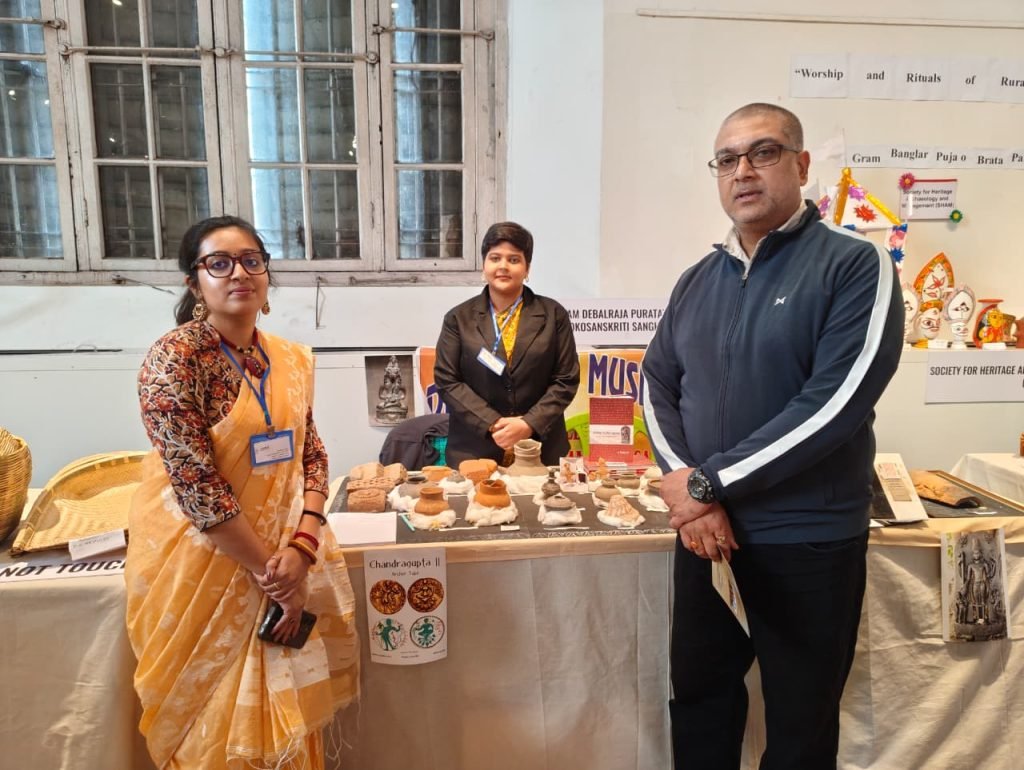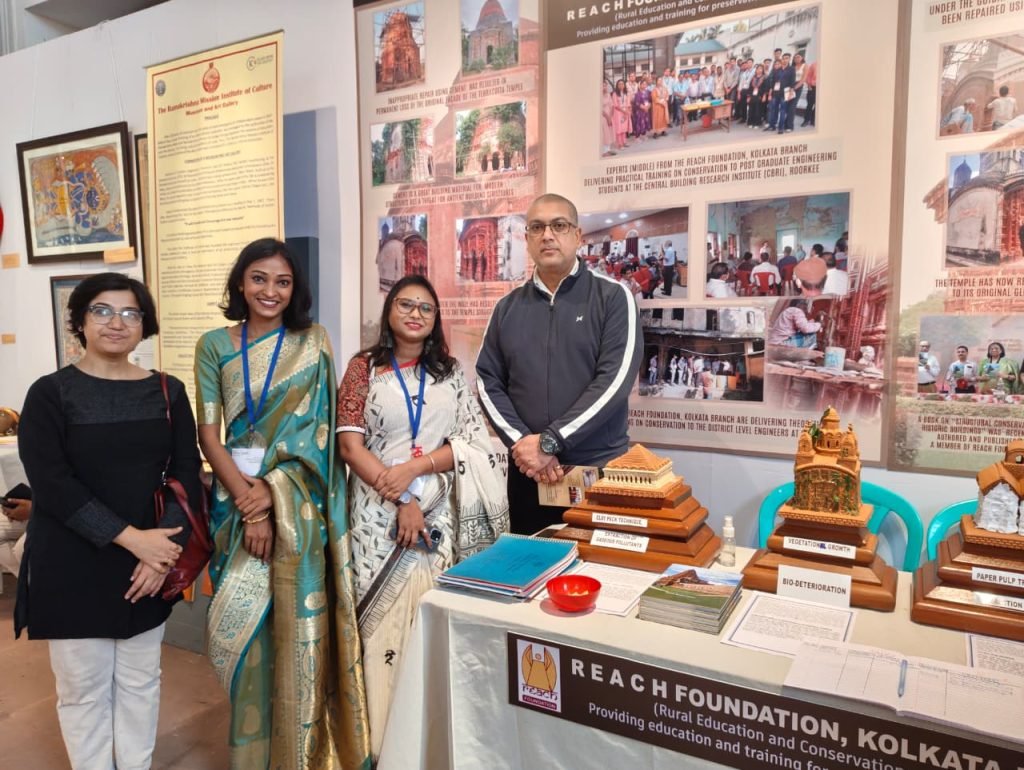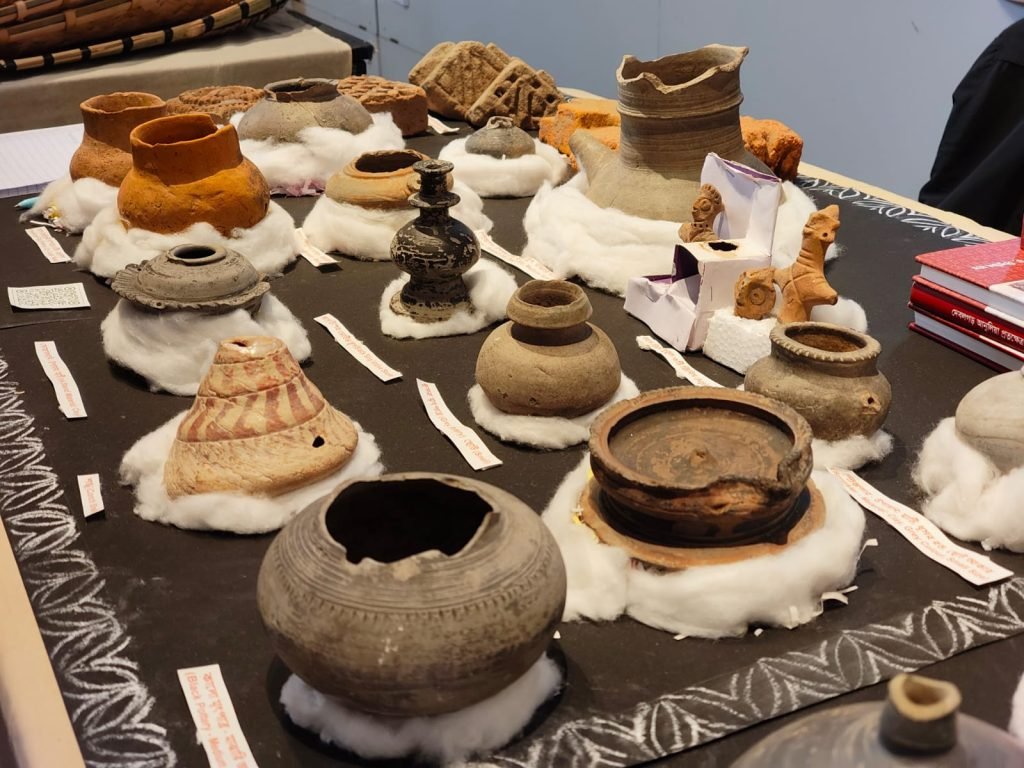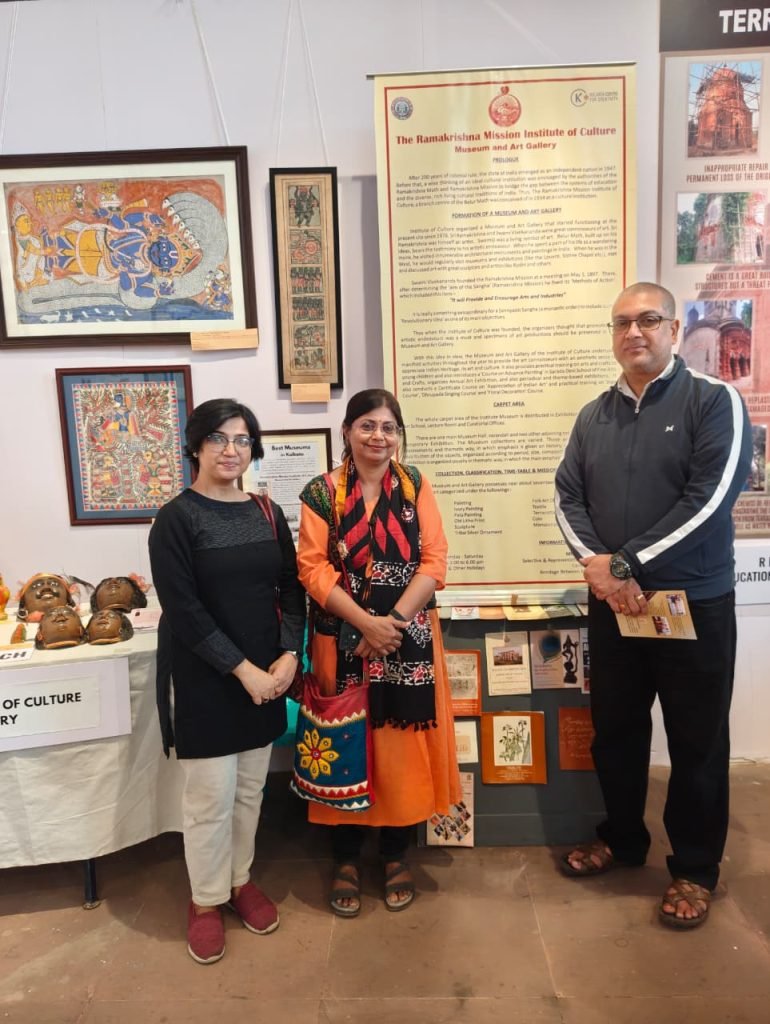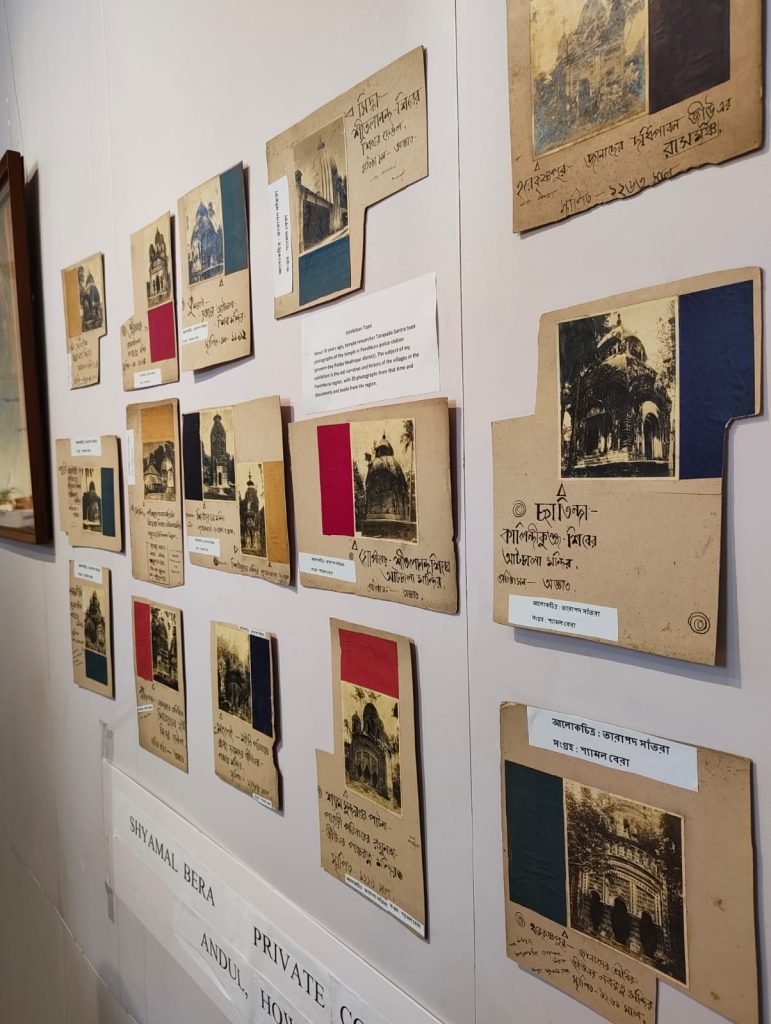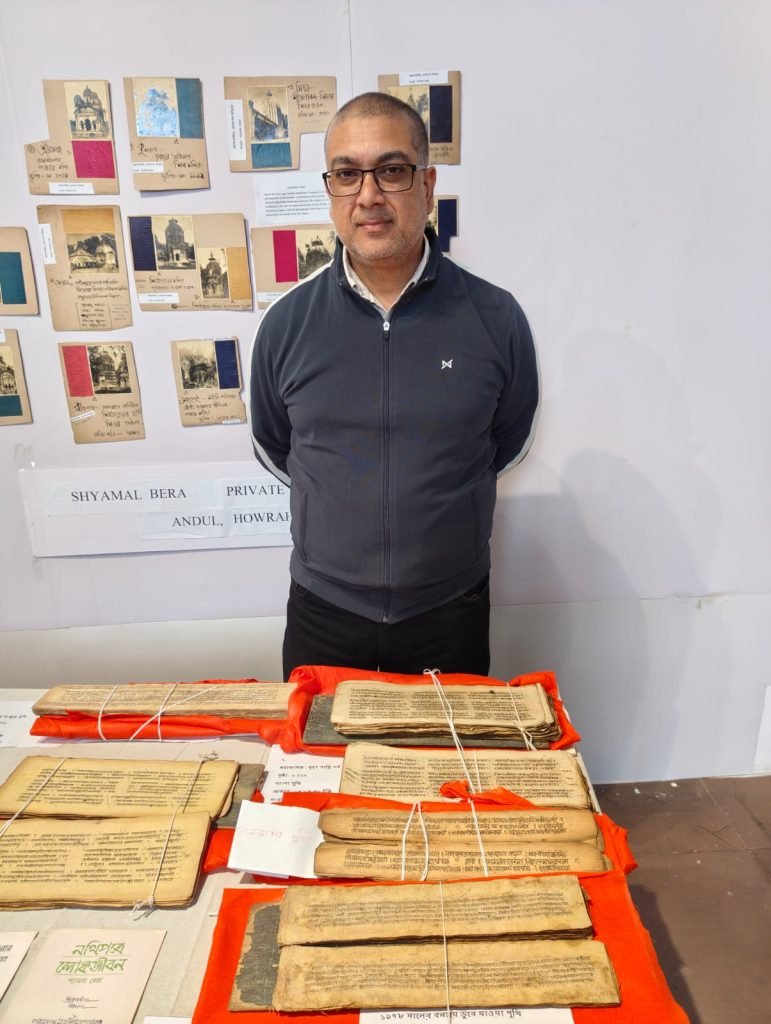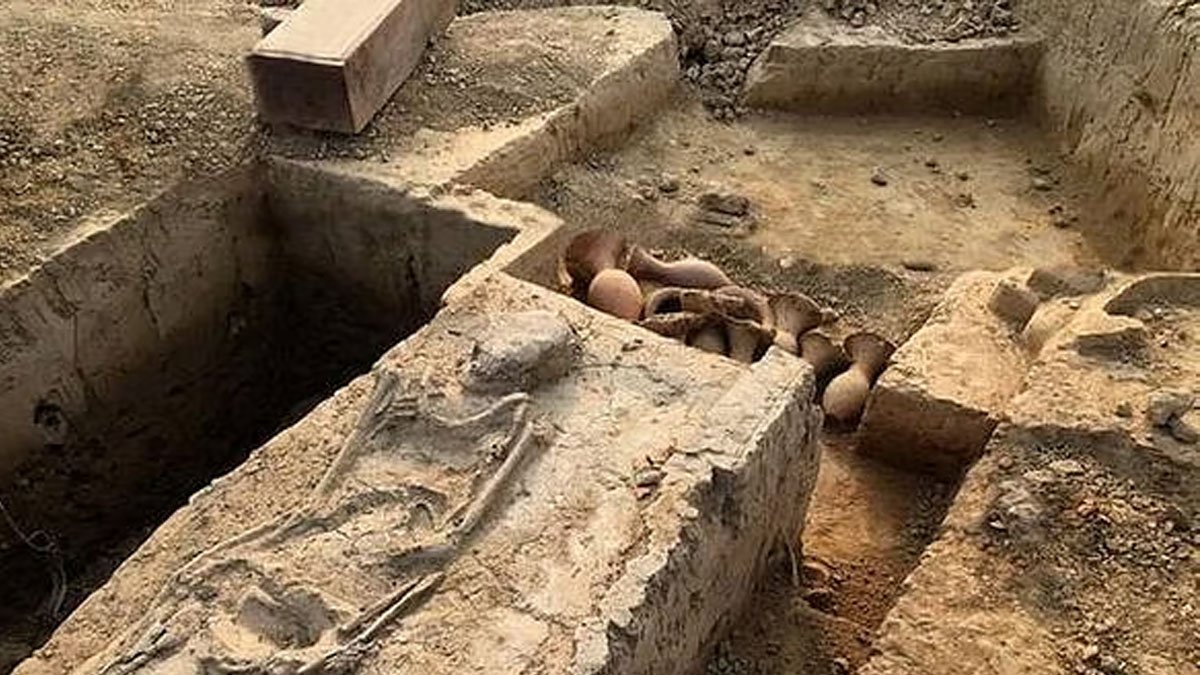Two weeks ago, it was Gardiner Harris, South Asia Correspondent of the New York Times (NYT) bemoaning the rise of Narendra Modi in India (link). A week later, it was Ellen Barry, again of NYT, troubled by the immense display of faith to the most popular deity, Ganesha, of the oldest living non-aggressive tradition of this world (link).
It is interesting that in his biography, Gardiner readily admits (link) that ‘the complexity of India is paralyzing’. Having written about science, medicine and food, he begins to write about not just Politics, but Indian Politics. By parroting stereotypes offered by the incumbent ruling party of India, he has proved beyond doubt that the leap from food to Indian politics isn’t for him. (For more, see here)
I re-read Ms. Barry’s article (link) on the Ganesha celebration to identify the crimes committed by Mumbaiites that attracted her ire. I did not find anything obvious.
Is she worried that corporations seem to be sponsoring this festival? Does Barry know that Hinduism is unlike any Abrahamic religion, and that its vision of the Almighty so all encompassing that it stands apart from the exclusivist religions such as Christianity and Islam. This makes companies in India associate with this tradition without being “branded” as having religious affiliation. Does Ellen Barry know that the word Hinduism is itself a western projection on a tradition that is not quite a religion in the Abrahamic sense?
Perhaps Barry is worried that with the price of vegetables like onions shooting through the roof, Hindus have their priorities misplaced – spending money on clay images of Ganesha, only to immerse all of these in the ocean! How can a population be so sadistic as to drown their own revered Deity? To understand this ritual, Barry will have to do some homework on Trantra Shaastra and Yoga Shaastra.
Or is Barry deeply concerned about the “gaudiness” of “this year’s crop of Ganeshas”? Perhaps she doesn’t know that a common ritual during this season involves adults and children making forms of Ganesha in clay at home, and then performing a puja (i.e. invoking the almighty in the new form). Never does a Hindu judge a form of the Almighty by its appearance, except to appreciate a beautifully formed solid form. Even otherwise, how does it matter to Barry if these clay forms are beautiful or not? And then the dancing men appear to her like “red ghosts”? By categorizing devotees with such mean words, she is demonizing and denigrating a culture and its people. Would she dare to write about Id-ul-Fitr in a demeaning way?
I challenge Ellen Barry to instead engage in a more constructive study of the seeming contradictions, symbology and metaphysics of Hinduism.
Perhaps Barry is allergic to rituals? Is she conditioned by a religion that has branded deities and worship of figurines of the divine (“Thou shalt not make … an idol, or any likeness of what is in heaven above or on the earth beneath or in the water under the earth.” Exodus 20:4, or ‘Cursed be the man who makes a carved or cast metal image, an abomination to the Lord,…’ Deuteronomy 27:15) and therefore has been taught to view Hindus as ‘pagans’ or ‘devil worshipers’?
Barry quotes a Mr. Sundakar “Ganesh doesn’t sort anything out for you, in my personal experience, … Last year, I didn’t bring an idol, and I had a good job. This year, I brought an idol and I am unemployed.” “I don’t like Ganesh,” he said. “Maybe it’s random chance. But I think he is bad luck for me.”
This shows how low Ellen Barry will stoop to denigrate Hinduism. How hard is it to get somebody to say “Jesus doesn’t sort anything out for me. Last year I was a Hindu, I was doing well. They forced me to convert to Christianity under the pretext of Jesus Saves and now I am in the streets left holding a cross. Missionaries are ruining the country.” In fact, there is ample evidence that Missionaries are systematically fragmenting India under the guise of charity and human rights, with covert and overt assistance from the West. I recommend a reading of the book “Breaking India” to get a glimpse of the demographic and cultural violence perpetuated by the Western nexuses.
It is also possible that Barry is troubled by the “lavish spending on temple, rituals …” A bit of history might help her. Indian civilization was a center of learning of arts, architecture, technology, mathematics, and philosophies for many centuries in the first millennium. Then, waves of Islamic incursions started in the 700 CE and lasted 1000 years. One of their favorite pass times is the destruction of temples and idols. For example, in 1024 CE, Mahmud of Ghazni took pride in personally destroying the idol of Shiva in the Somnath temple in Gujarat, while his henchmen plucked jewels and rubies from the walls and idols of the temples, and then began breaking all idols. The temple was rebuilt several decades later, only to be destroyed again by Allauddin Khilji in 1296. (He also boasted that “fifty thousand infidels were dispatched to hell by the sword” and “more than twenty thousand slaves, and cattle beyond all calculation fell into the hands of the victors”, but that is secondary). The temple was rebuilt again 15 years later, only to meet destruction 3 more times. All told, more that 2000 temples were destroyed throughout India. Is it possible that the trauma that Indians suffered makes them even more attracted to spending on temples and rituals? Barry should read the book “Hindu Temples – What Happened to Them”.
Here are more ideas that I have for Barry if she wants to improve her writeups from meaningless rambling to authoritative scholarship. In 2004, an Aryan burial was found in the city of Omsk (Link). Then in 2007, a statue of Vishnu was discovered in the Volga region dated more than 1000 years ago (Link). Do these represent artifacts of trade alone or thriving Hindu communities? Are there any similarities between the customs of Russian orthodox church and Hinduism? Is it true that the Russian ceremony Vizhnyir Ekoratsya Vikhunh is the equivalent of Vaikhunta Ekadasi of Hinduism?
Being a American journalist serving as a Moscow Bureau Chief, perhaps Barry would be interested in language. It appears that hundreds of Russian words show stark similarity with Sanskrit. Here is a small sample:

 Events2 years ago
Events2 years ago
 Videos3 years ago
Videos3 years ago
 Videos11 years ago
Videos11 years ago
 Events8 months ago
Events8 months ago
 Events7 months ago
Events7 months ago
